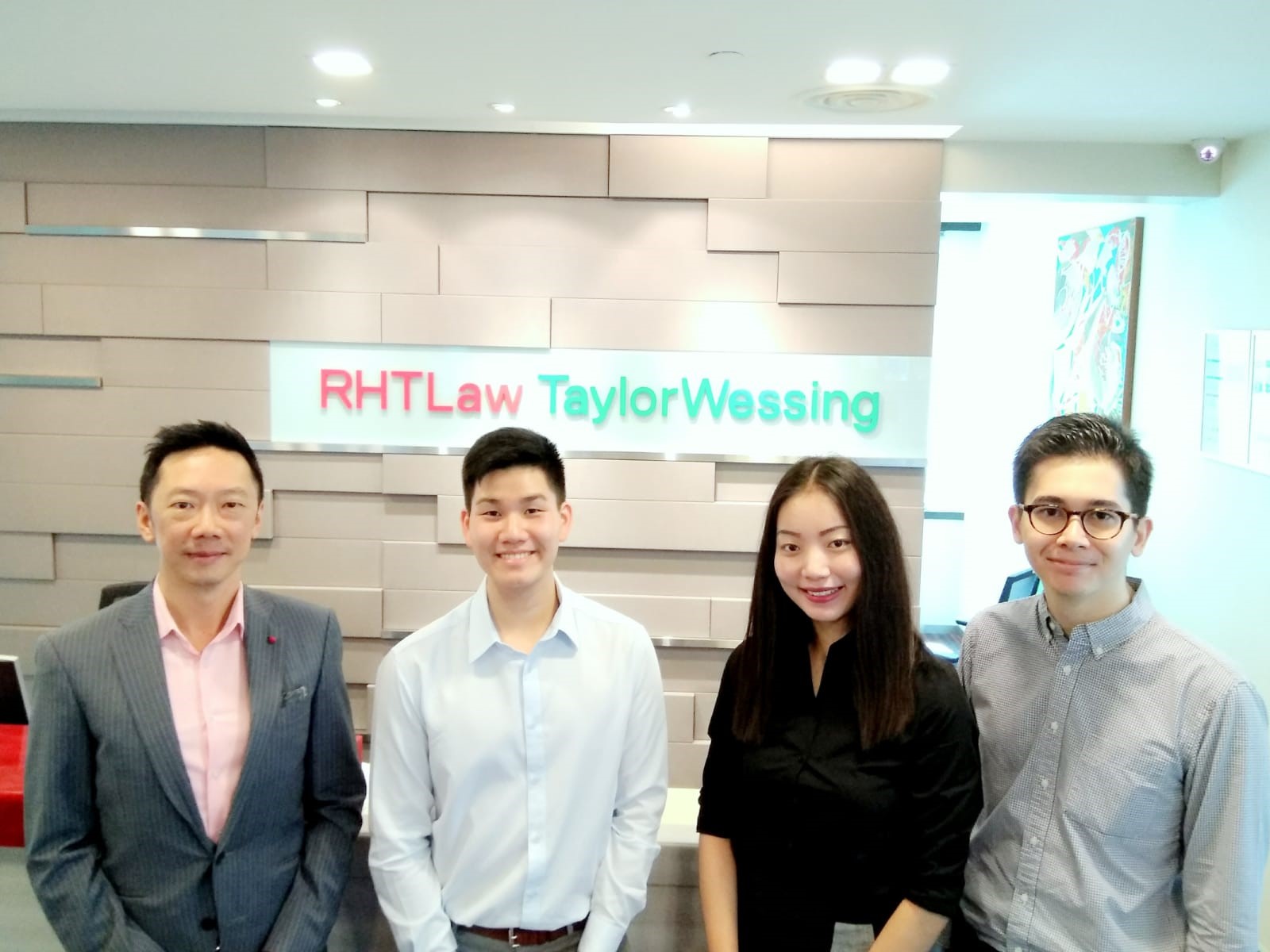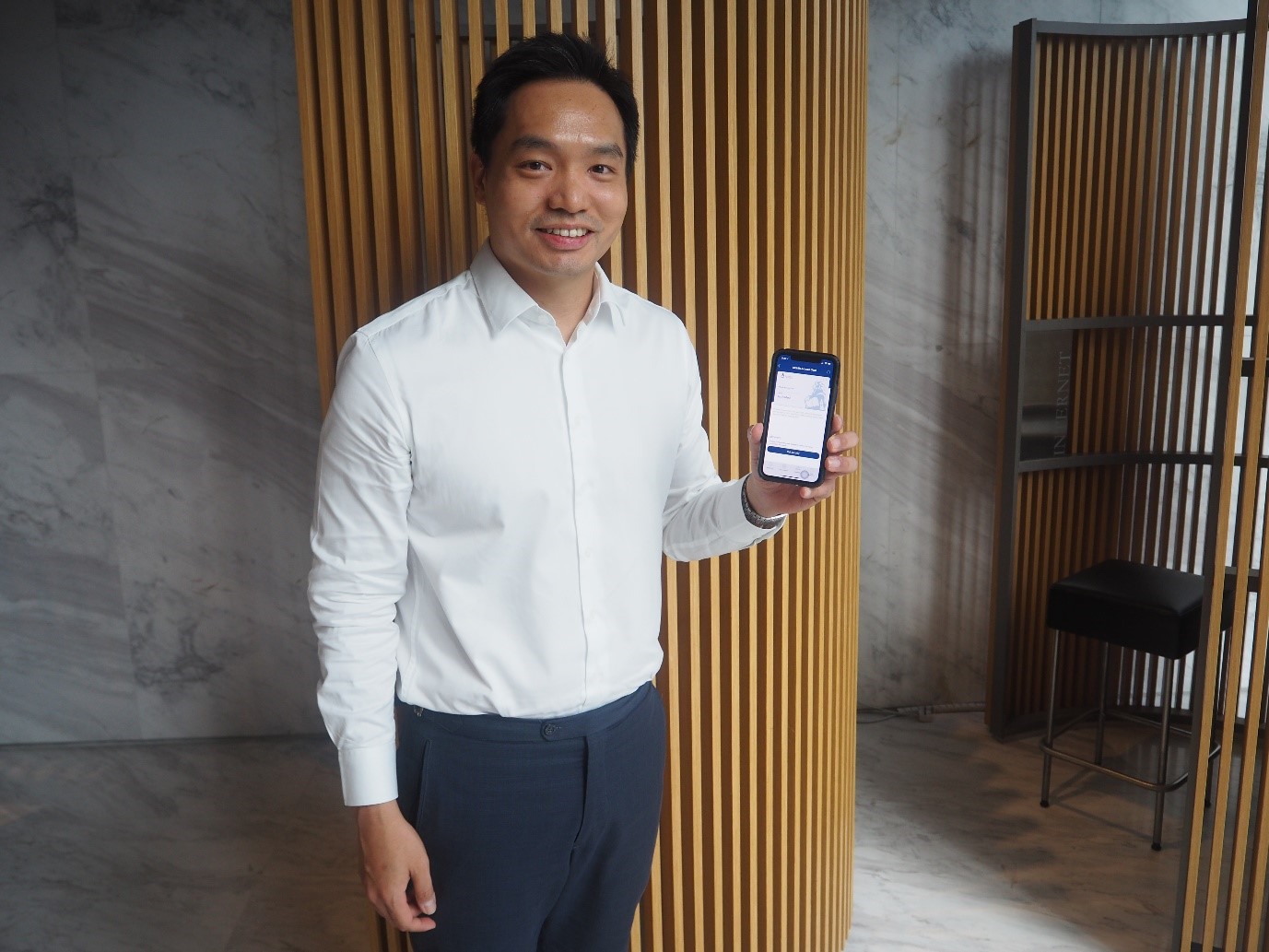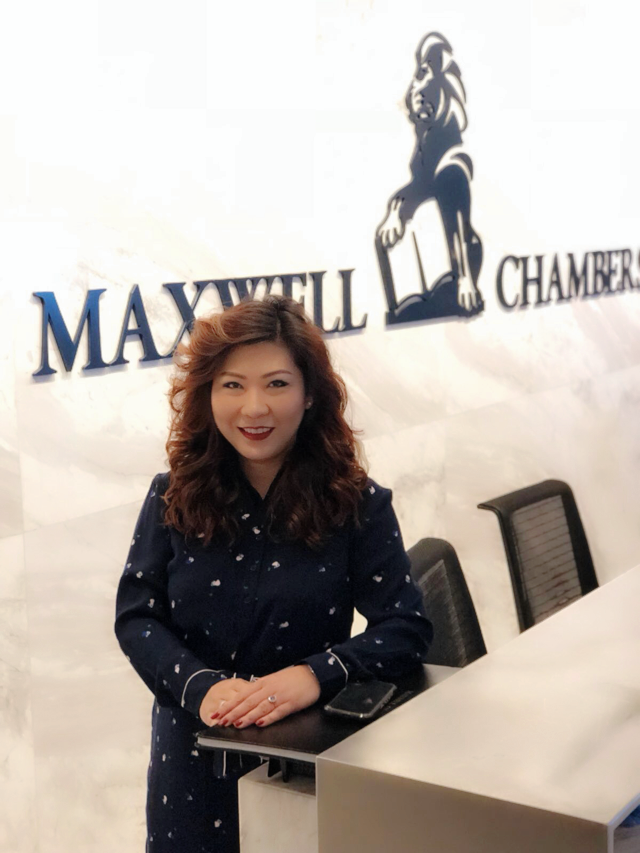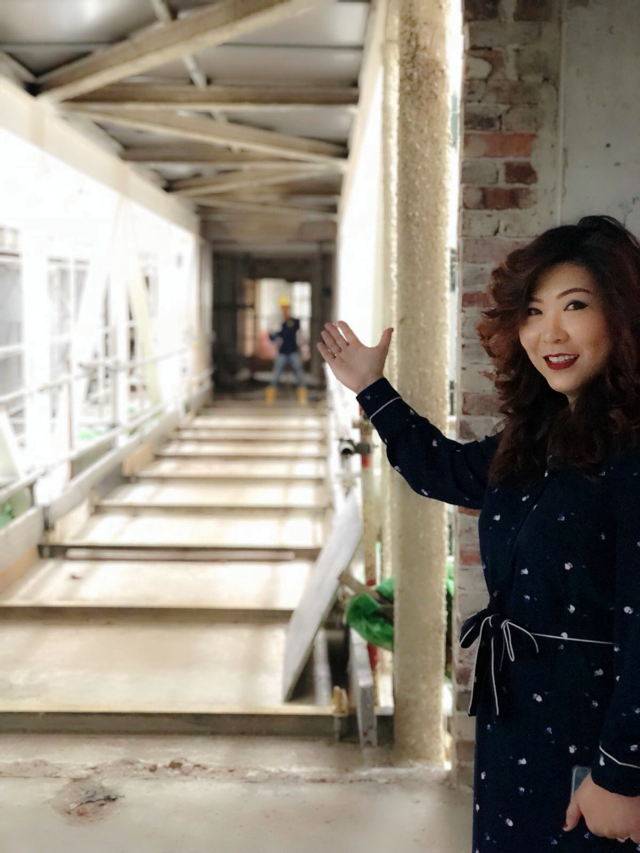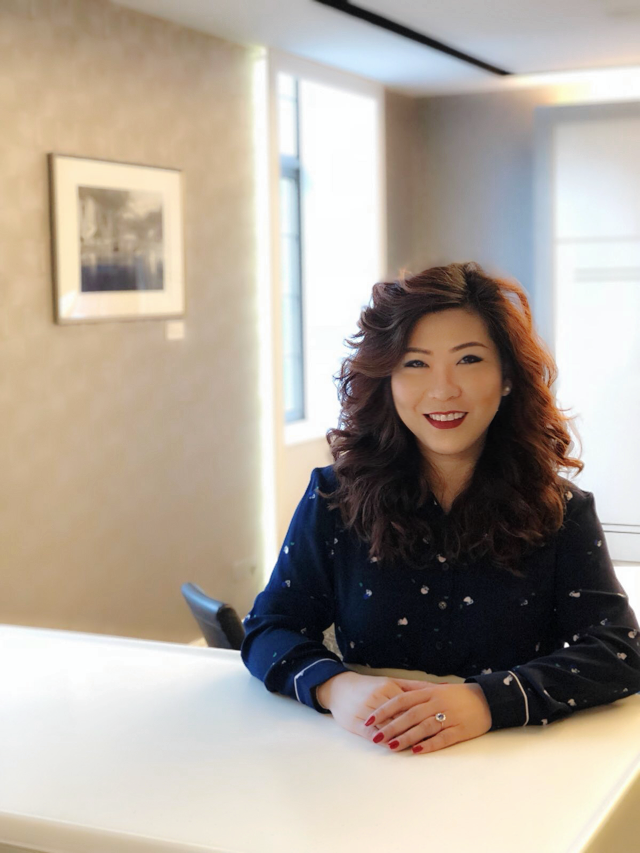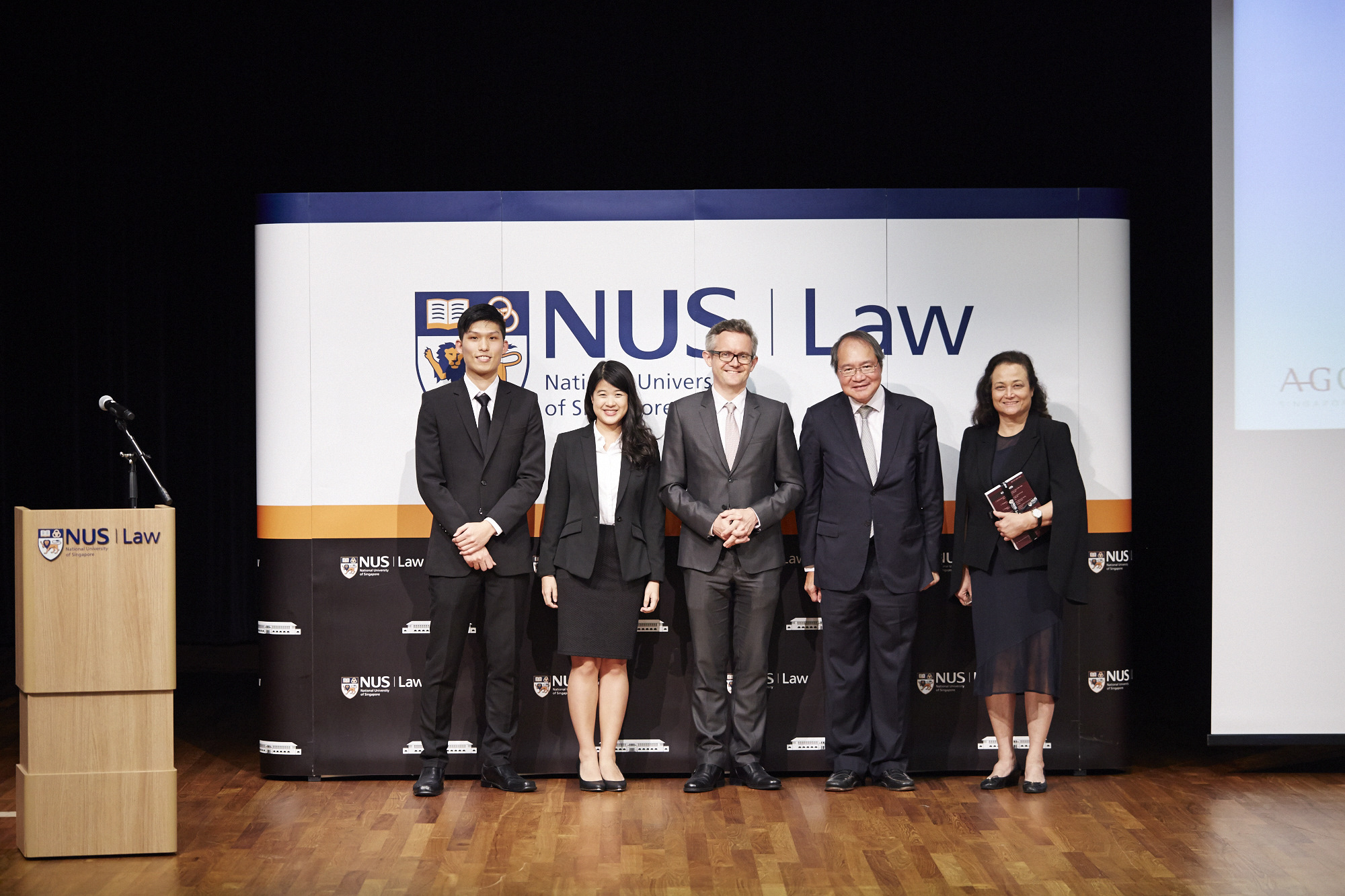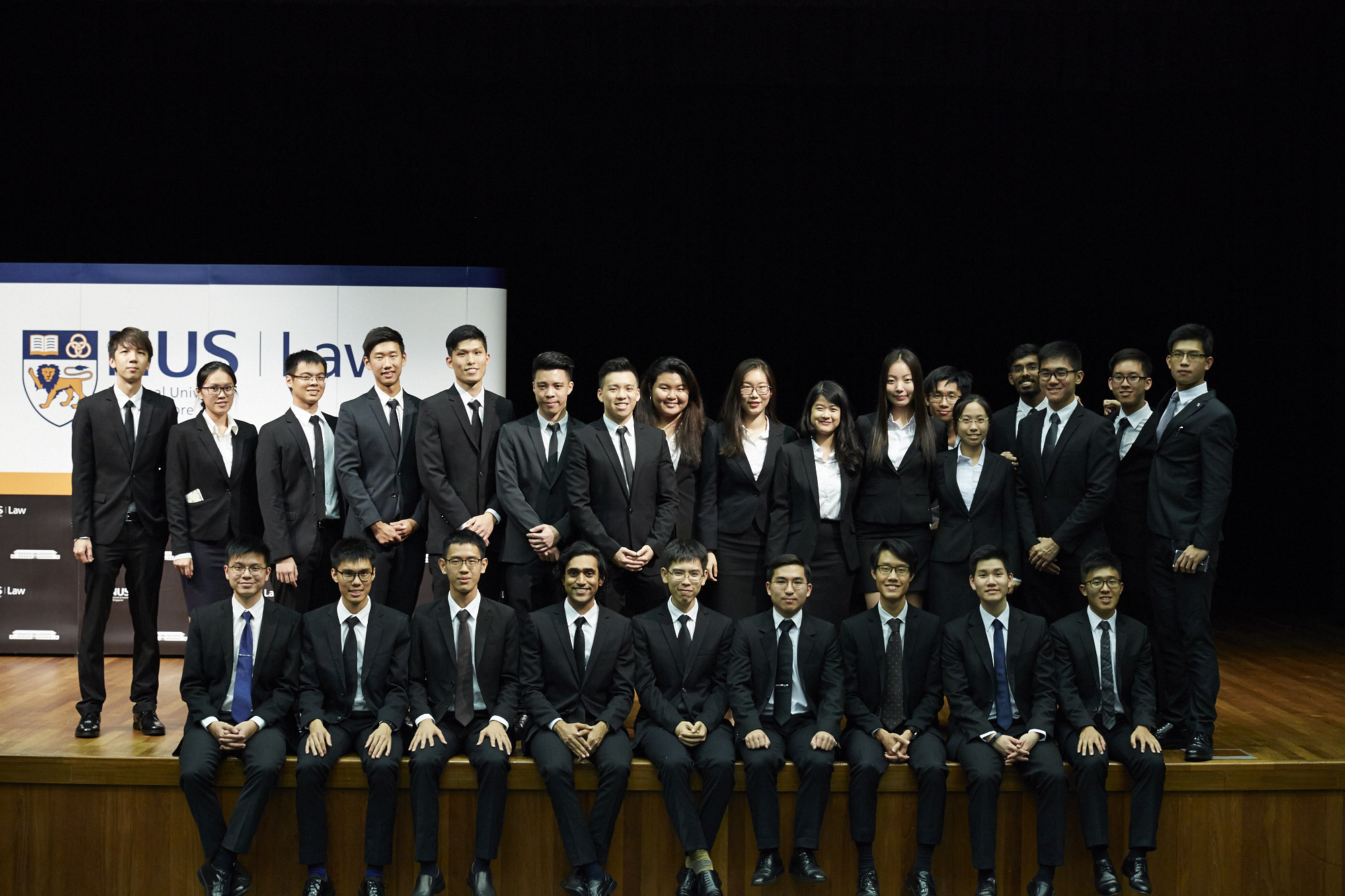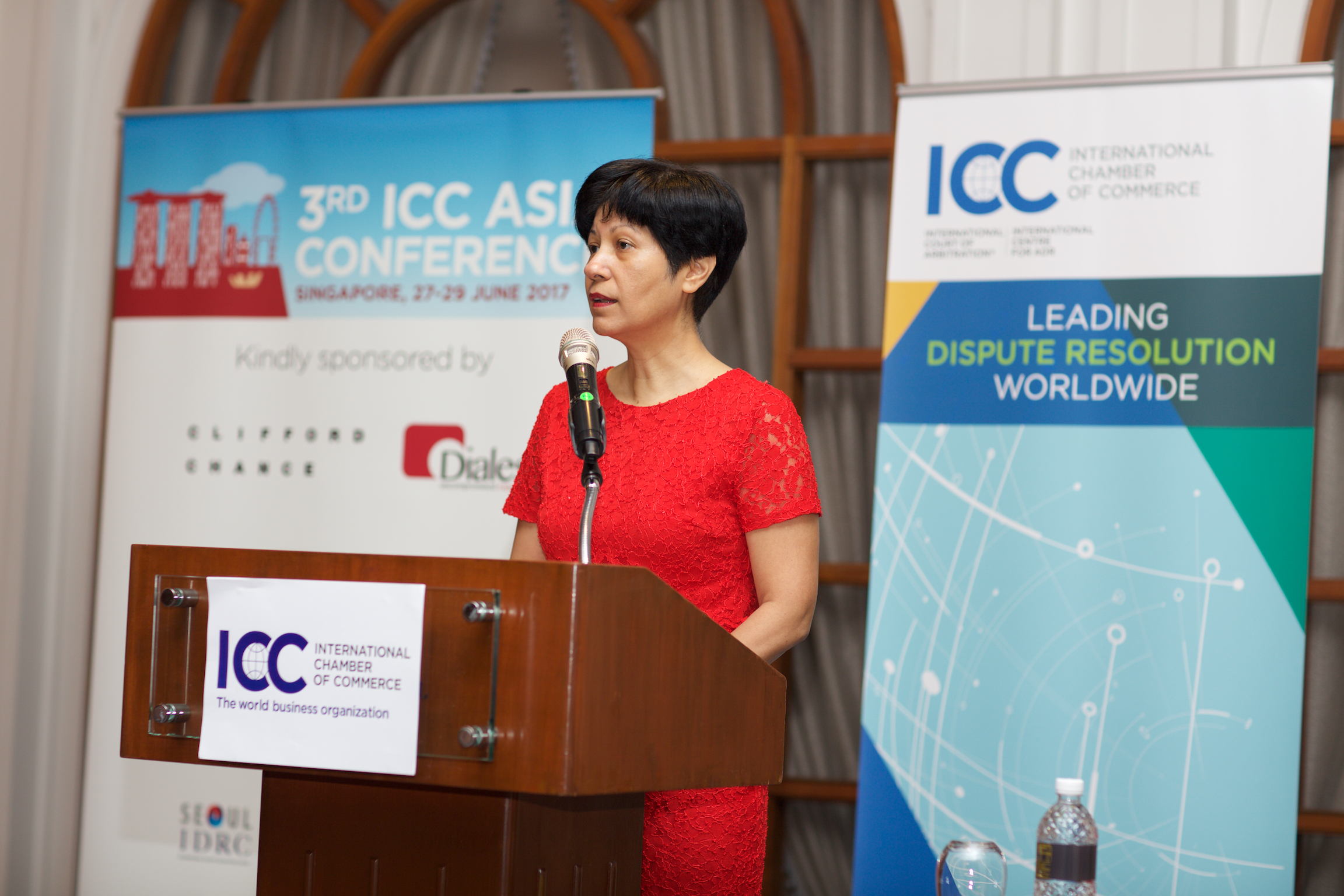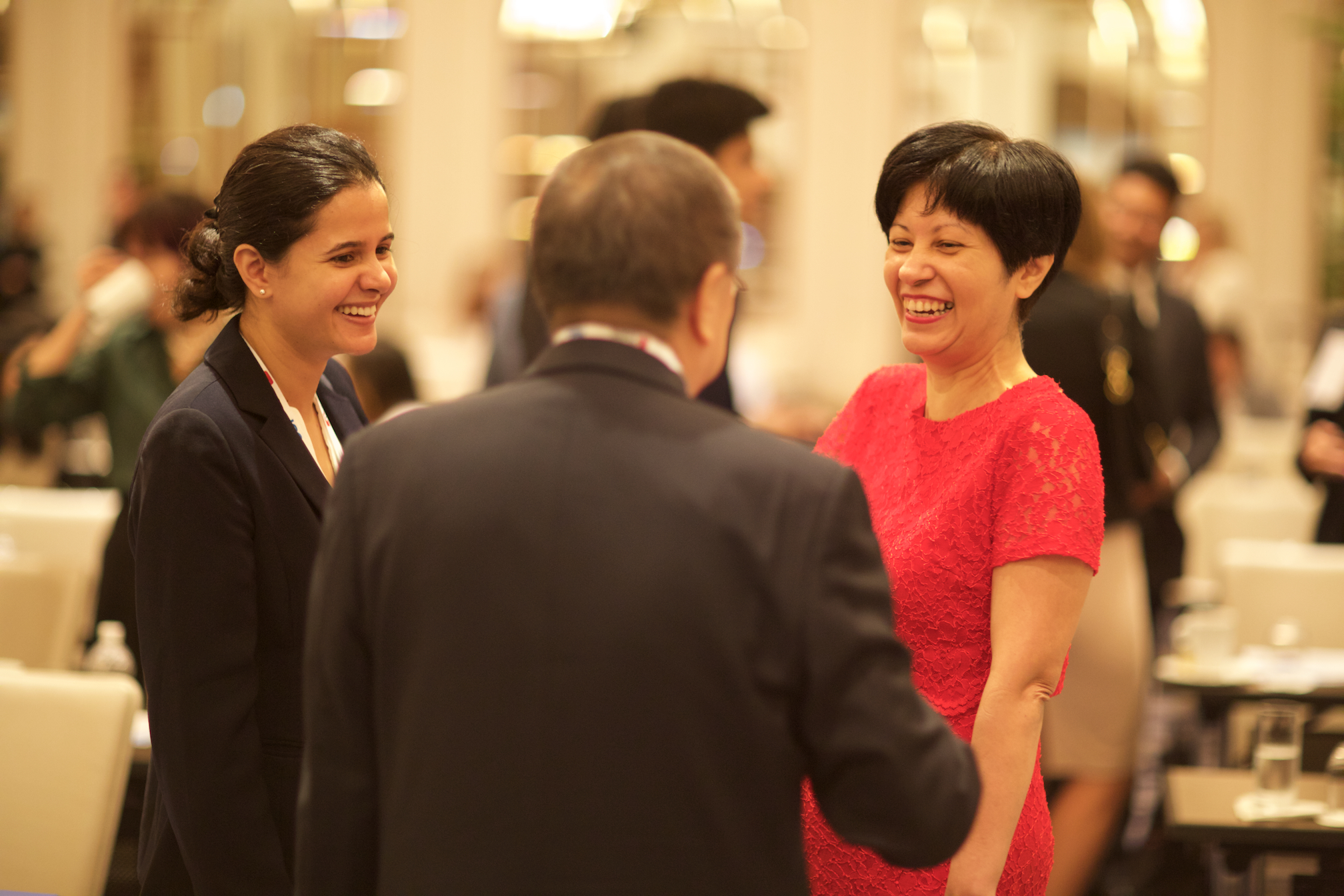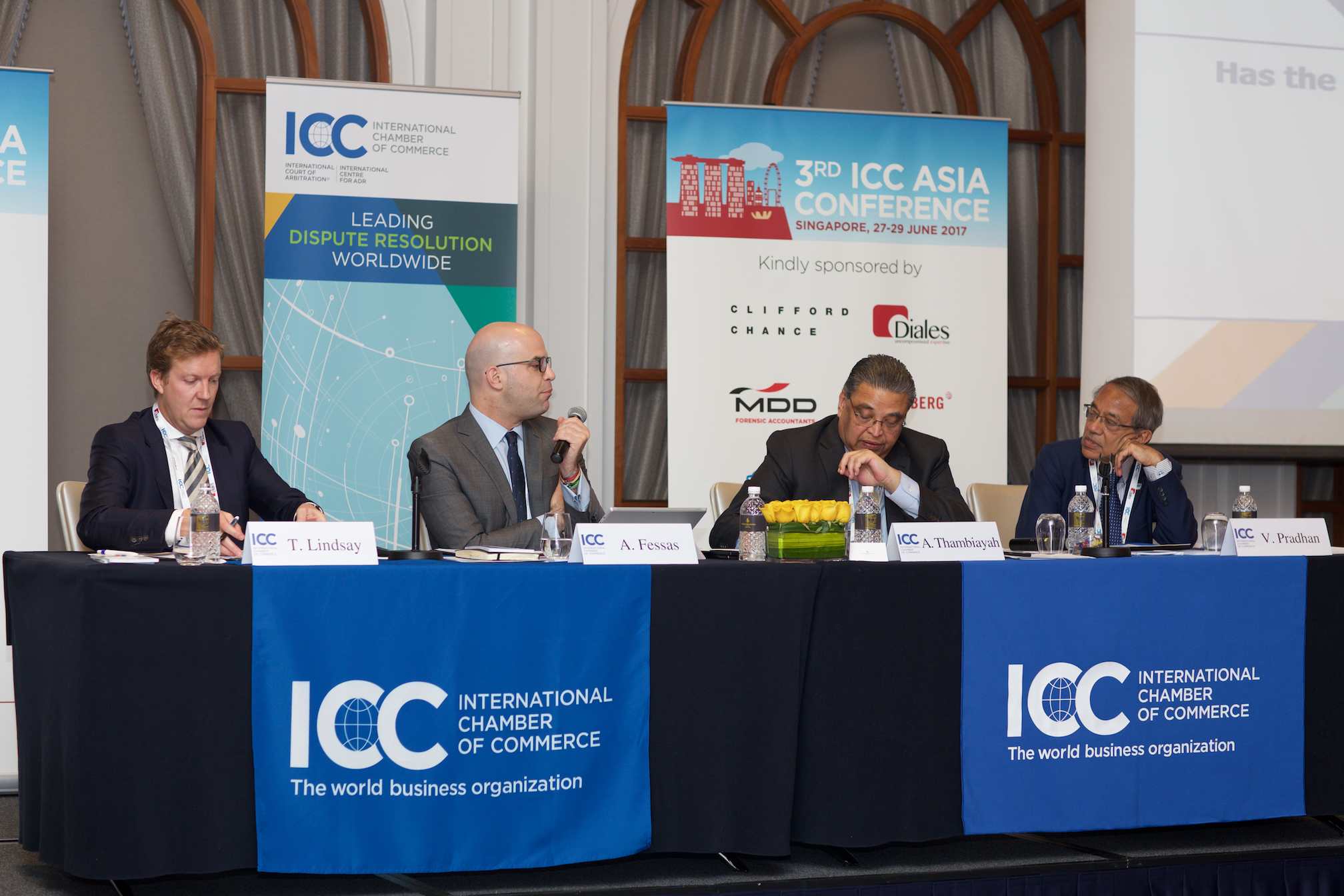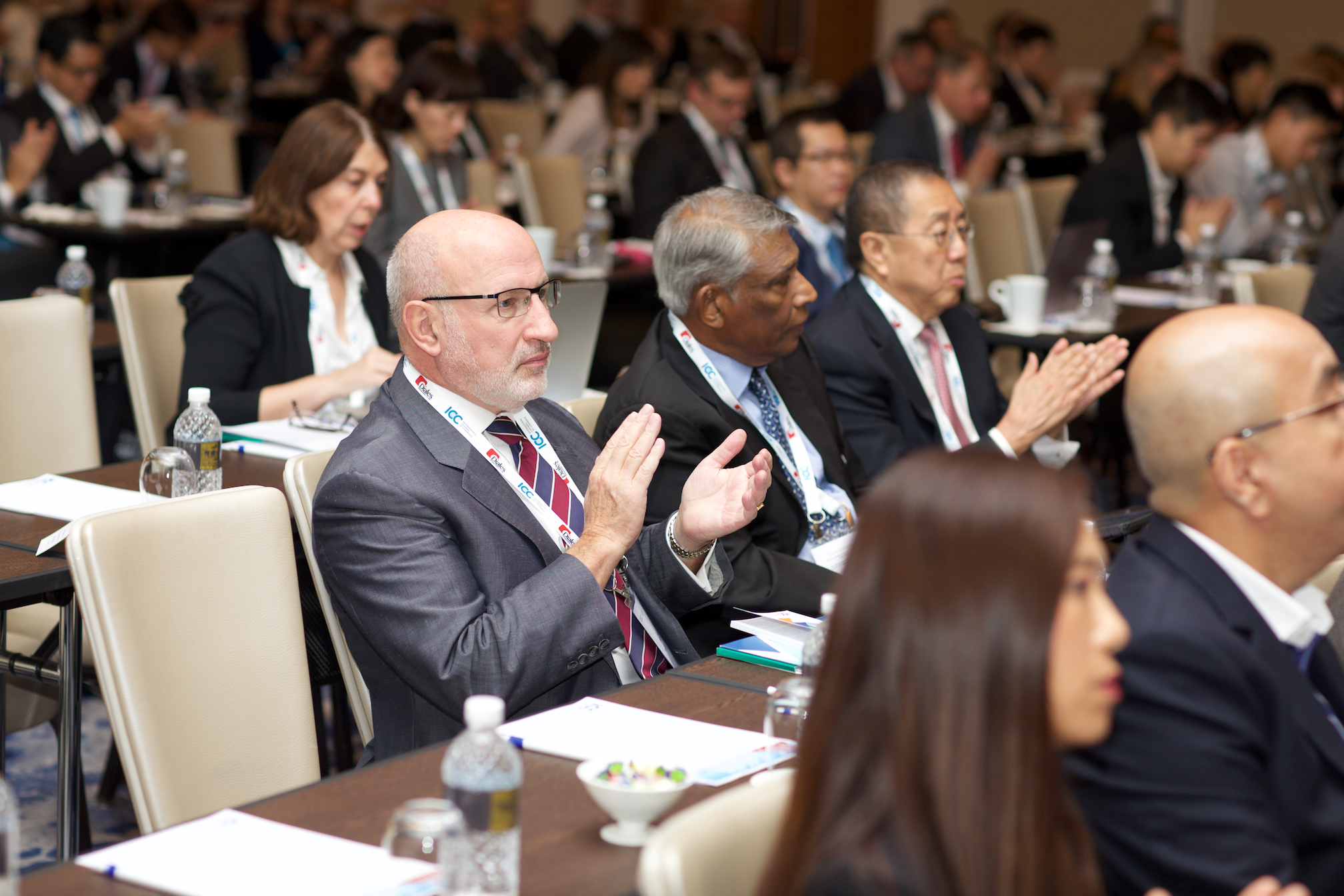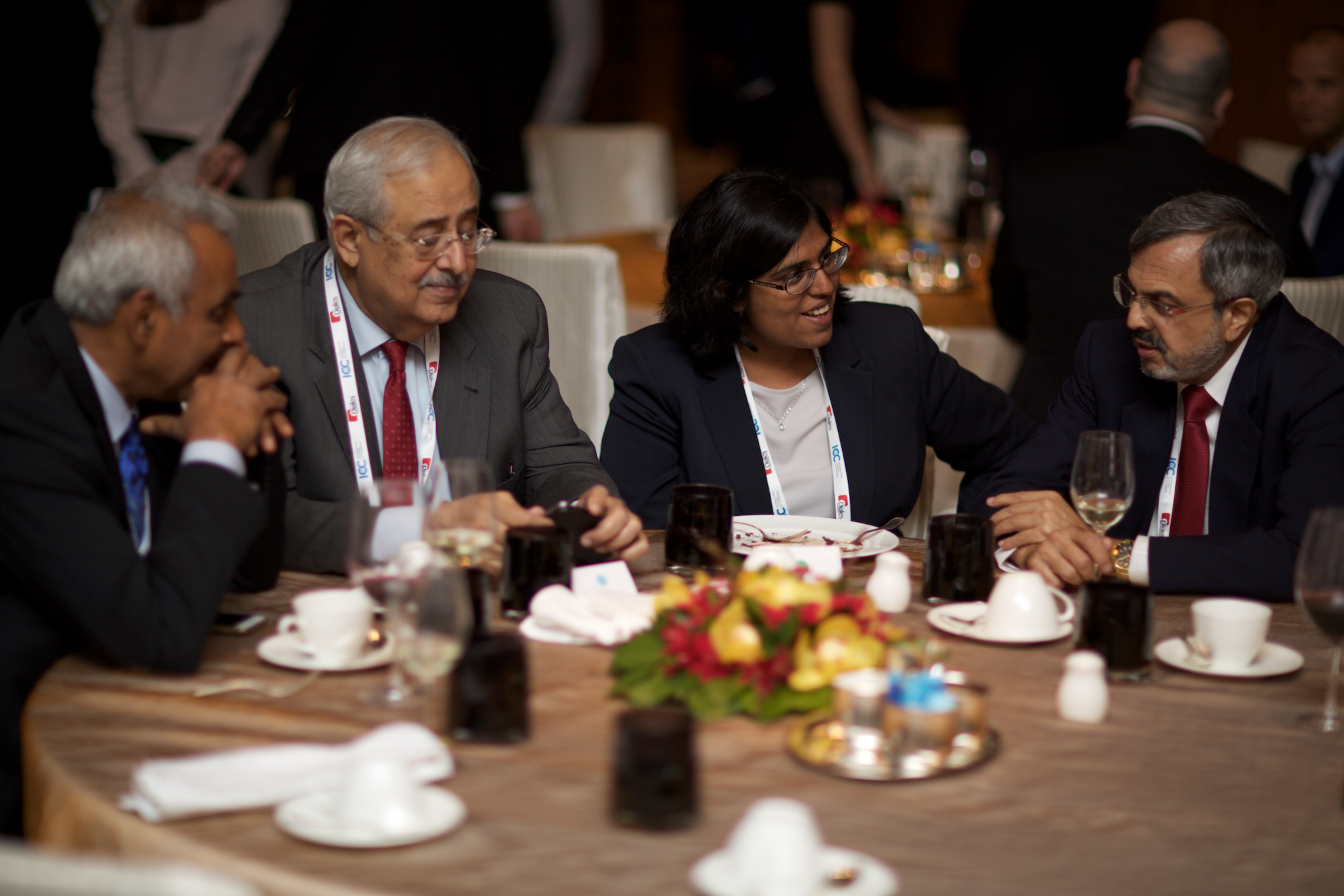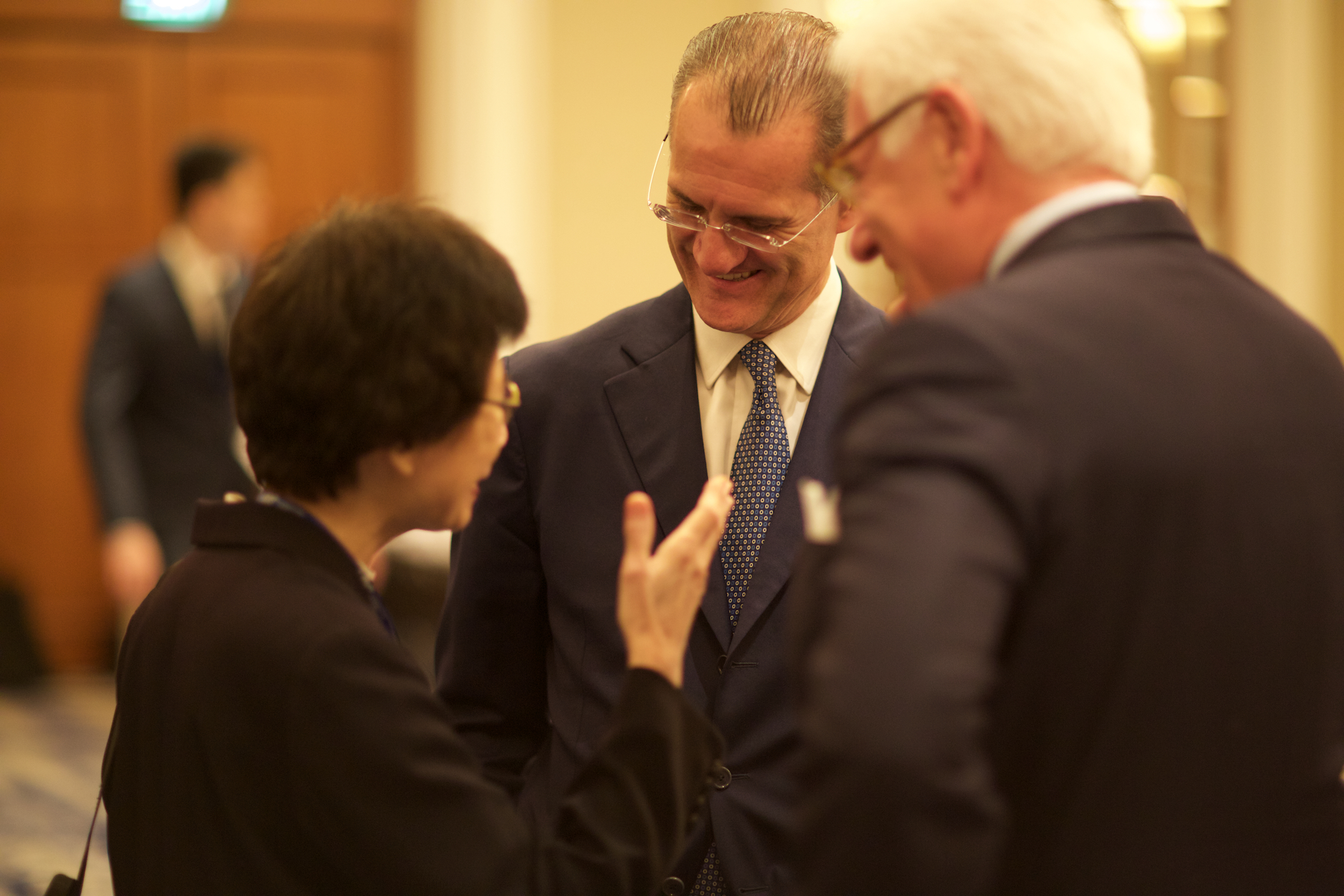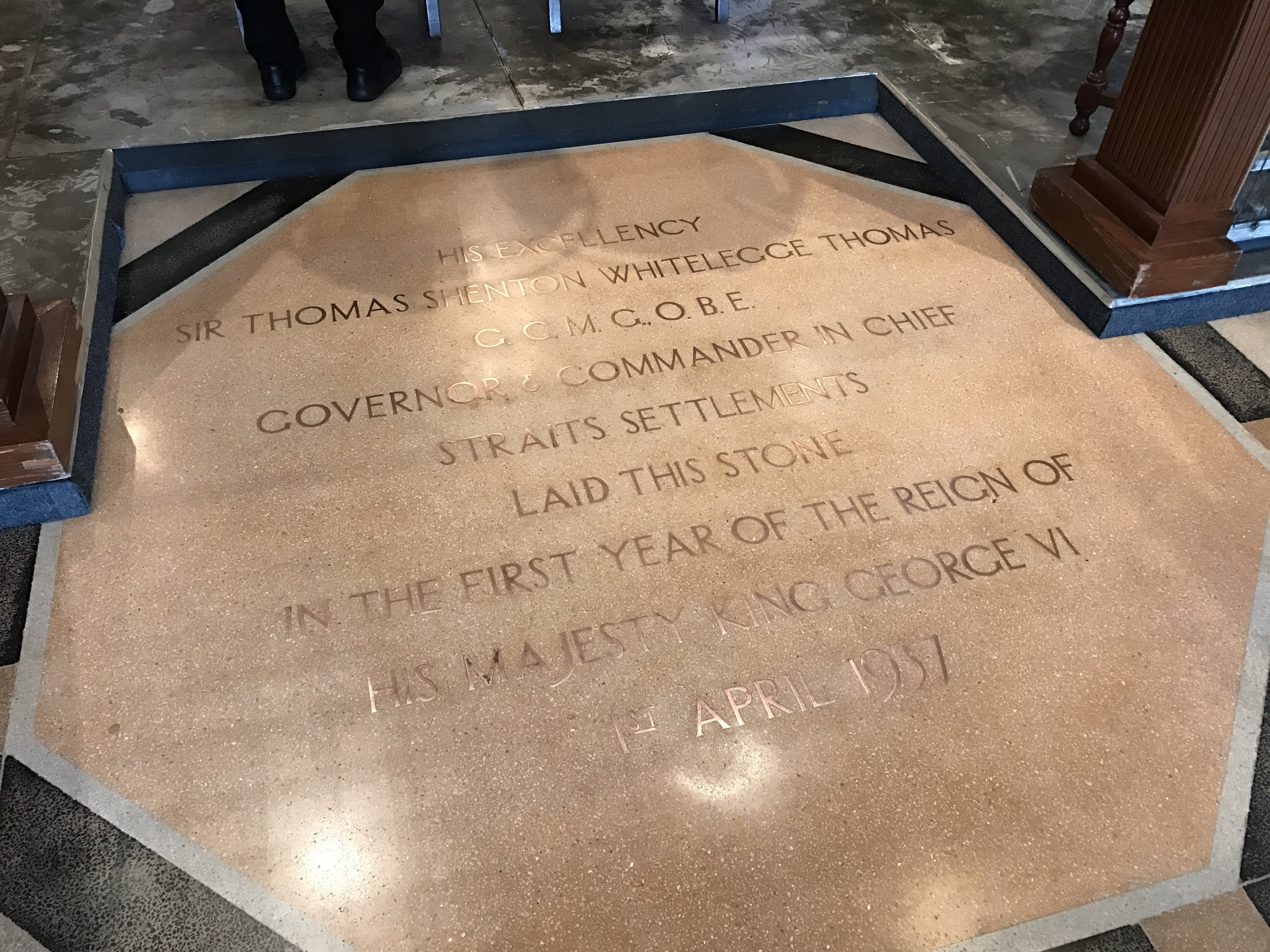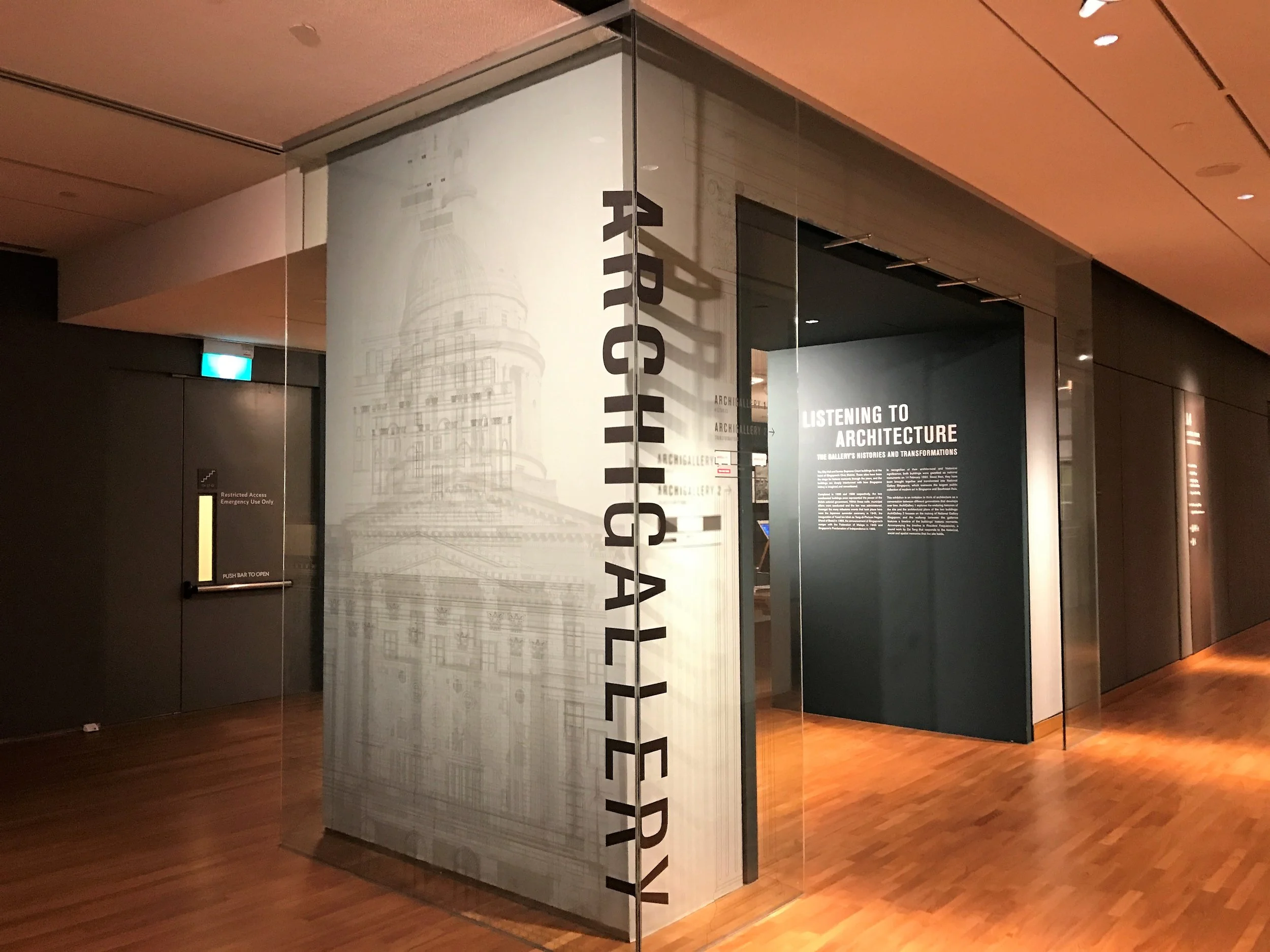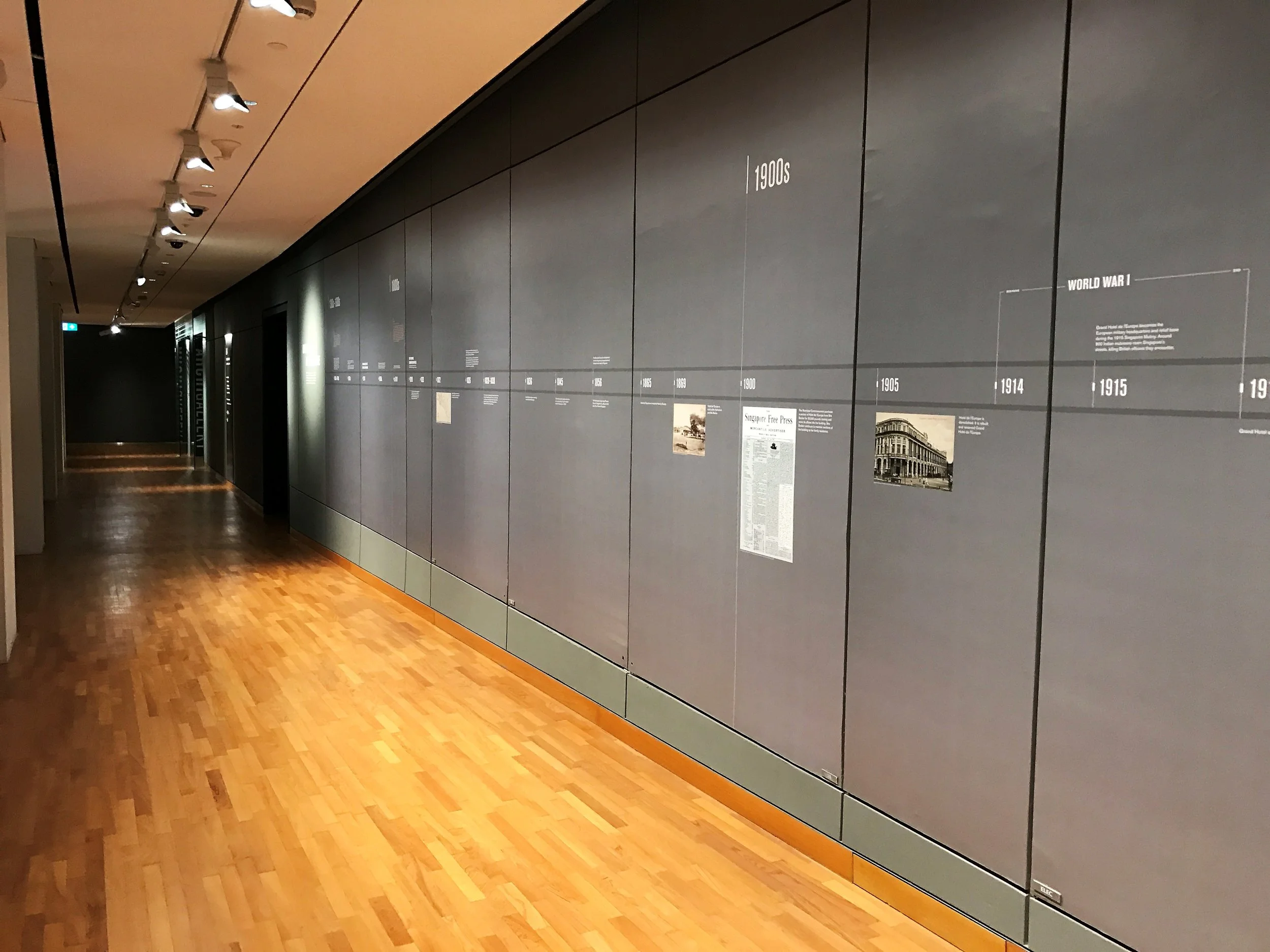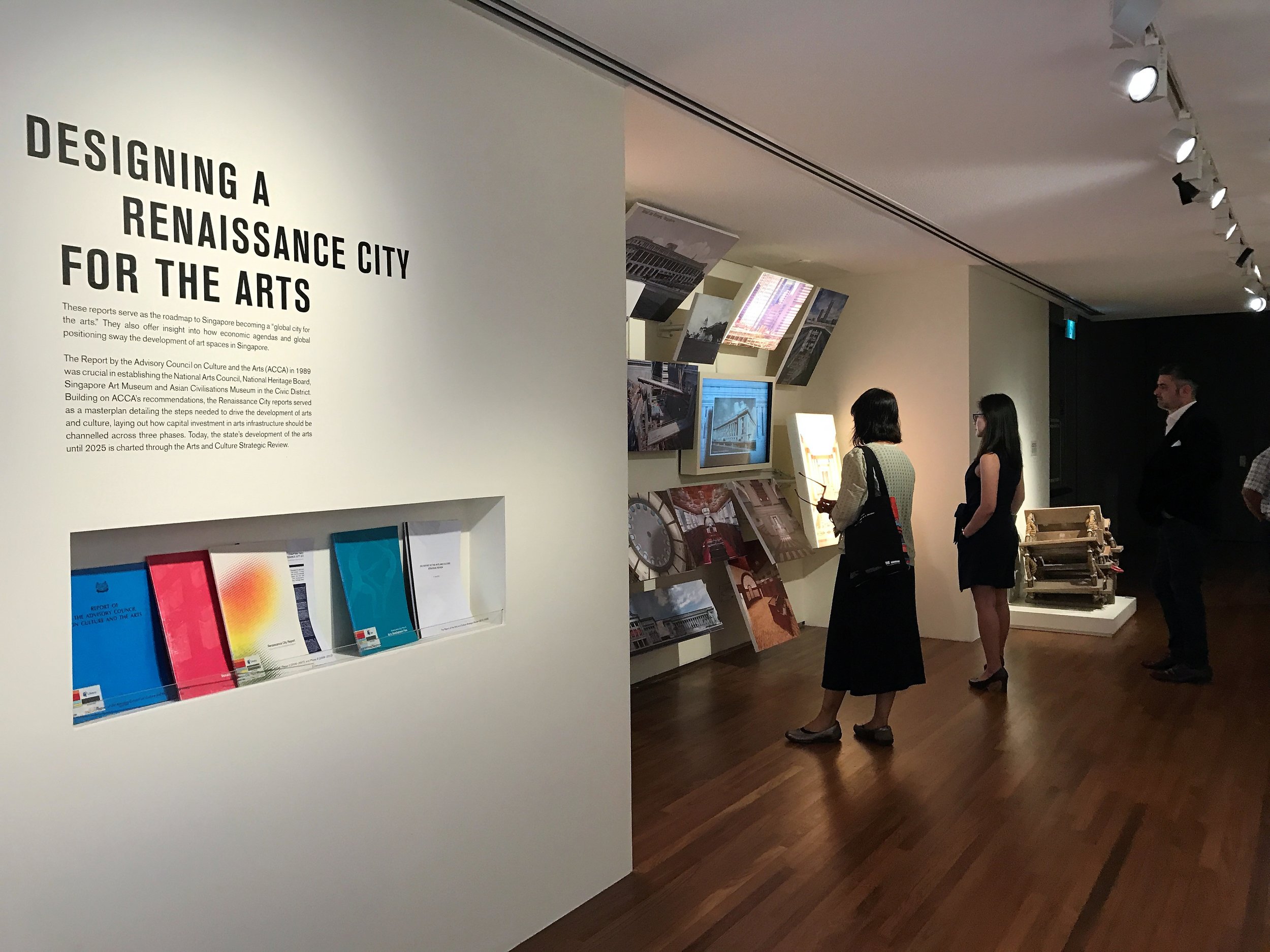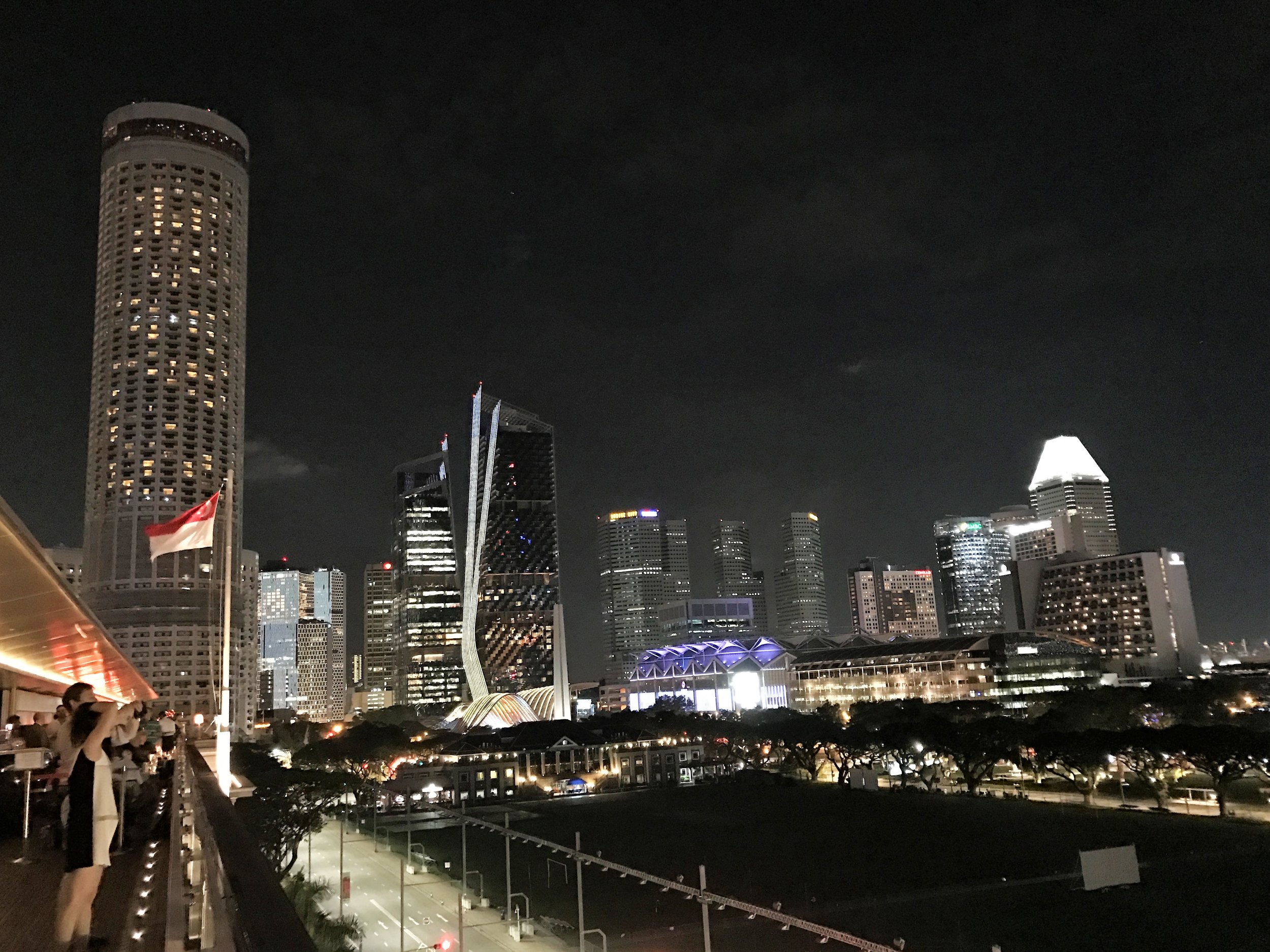In-Conversation with Mr. Benjamin Szeto, Partner and Deputy Head of RHTLaw Taylor Wessing’s Private Wealth Industry Group
Keith Wong and Choo Qian Ke
As a regional hub, Singapore remains an attractive location for both home-grown and international law firms. It comes as no surprise that RHTLaw Taylor Wessing has carved out a noticeable niche for itself in the Singapore market. As a law firm that delivers international capabilities with a network of more than 3300 legal professionals across 27 jurisdictions in Asia, the Middle East, Europe and the United States, the firm’s model is driven by its focus on helping clients succeed. RHTLaw Taylor Wessing’s ability to cater to the international needs of its clients is accentuated by its access to a wealth of international resources from the firm’s membership of the Interlex Group and the ASEAN Plus Group. For clients, RHTLaw Taylor Wessing provides a one-stop solution by operating as a single unit while delivering multi-jurisdictional and multi-disciplinary representation on complex transactions.
From left to right: Mr Szeto, Keith Wong (Journal Executive Editor), Choo Qian Ke (Journal Executive Editor), and Mr Siow.
RHTLaw Taylor Wessing offers a diverse range of tailor-made services. One example is the firm’s deep understanding of philanthropy as evidenced by its experience advising a suite of non-governmental organisations, international charitable organisations, charities and institutions of public character. In the same vein, RHTLaw Taylor Wessing is particularly established in the private-wealth sector, with particular expertise in advising entrepreneurs and business owners. The firm’s strong emphasis on issues of interest to clients, including an appreciation of art, reflects the firm’s commitment to understanding its client base. The result is a holistic Art Law Practice comprising lawyers who are passionate about the arts and armed with practical experience in dealing with the art world. With a suite of services in art financing, legacy planning and philanthropy, it comes as no surprise that RHTLaw Taylor Wessing’s achievements were recognised at the WealthBriefingAsia Awards 2018.
To better understand this sector, the Singapore Law Review spoke with Mr. Benjamin Szeto, partner and Deputy Head of RHTLaw Taylor Wessing’s private wealth industry group.
As a Registered Trust and Estate Practitioner of the Society of Trust and Estate Practitioners and an author for LexisNexis Practical Guidance Singapore on Trusts, Mr. Szeto has over 20 years of experience advising High Net Worth Individuals (“HNWIs”), entrepreneurs, financial institutions, listed entities and Fortune 500 corporations on a wide range of transactions. In the private wealth industry group, Mr. Szeto designs bespoke solutions, structures and strategies to assist clients with the key aim to separate business risks from family wealth.
The Secret Recipe Behind RHTLaw Taylor Wessing’s Impressive Achievements
At the Wealth Briefing Asia Awards 2018, RHTLaw Taylor Wessing was recognised as having demonstrated “innovation and excellence” in its business. As such, we started off our interview by seeking Mr Szeto’s views on what has set the firm’s work a tier above that of others to earn it its acolades.
Mr. Szeto highlighted RHTLaw Taylor Wessing’s industry group approach as one of the factors that contributes to the firm’s uniqueness. Unlike most other law firms that are typically organised according to practice areas such as litigation, corporate, intellectual property and conveyancing, RHTLaw Taylor Wessing adopts an industry group organisational structure. The wide range of industry groups span from consumer brands to energy and environment. Mr. Szeto himself helps helm the private wealth industry group. The advantage of having this approach lies in the partners’ ability to better serve the needs of clients from within each industry group. Clients from different industry groups have different sets of problems and issues that they need to address. By being attuned to the issues pertinent to the respective industry groups, lawyers at RHTLaw Taylor Wessing possess perceptive knowledge of the key concerns and considerations of clients specific to every industry group. Such an approach thereby allows lawyers to better understand their clients’ industries and tailor solutions that meet the clients’ needs.
Mr. Szeto also highlighted RHTLaw Taylor Wessing’s ASEAN-centric focus. Via the ASEAN Plus Group, which is a regional network of full-service and well-established law firms in ASEAN plus China, Taiwan, Hong Kong, Japan and Korea, RHT Law Taylor Wessing facilitates its clients' cross-border regional transactions, allowing them to navigate the region and its opportunities with confidence, providing an integrated suite of services across different practice areas and in different ASEAN jurisdictions. This is appropriate since the nature of private wealth is now very global, which alludes to the necessity to serve clients’ needs that may span across multiple jurisdictions. Being attuned to the nuances of working in Asia while also possessing the added perspective and expertise of an international firm has allowed RHTLaw Taylor Wessing to be very efficient in delivering bespoke and comprehensive legal services for clients and multi-disciplinary representation on complex cross-border transactions both in Singapore and on an international level.
Mr Szeto also shared that one of RHT Law Taylor Wessing’s strengths is in the areas of art and philanthropy. Art and philanthropy are very aspirational areas that a lot of private clients are most interested and passionate about. As such, having capabilities and expertise in these areas allow the firm to put together solutions that are not just about meeting legal needs but also about addressing the passions and aspirations of some of these private wealth clients.
Unravelling RHTLaw Taylor Wessing’s International and Regional Practice
Apart from engaging in legal work, Mr. Szeto also looks at regional business development aspects for the private wealth industry group. RHTLaw Taylor Wessing is extremely regional in their private wealth industry outlook. For example, the firm has a strong Indonesian client base, a strong foothold in Hong Kong and good dealings with clients from China. Additionally, they are looking at expanding to other ASEAN countries, especially markets like the Philippines and Vietnam.
RHTLaw Taylor Wessing also has a strong regional focus in its other industry groups and practice areas. They have established regional clients ranging from listed entities to top tier Fortune 500 companies and international banks. To address the various needs of its clients, RHTLaw Taylor Wessing advises on a variety of matters directly from the Singapore office, or will work with its partners in the ASEAN Plus Group on international matters. For example, a client seeking to complete a cross-border M&A transaction can deal with the firm without the need to separately seek advice across multiple jurisdictions. This is one of the forms of cross border support that the firm can provide for its clients. As noted by Mr. Szeto, these days, lawyers have to go beyond just doing the legal work, and must instead provide clients with an experience that is as seamless and efficient as possible.
What Is Private Wealth?
To gain deeper insight into Mr. Szeto’s line of work, we asked him to share certain challenges and points to note when working with private wealth clients. In dissecting the term “private wealth”, we were directed to two sub-groups, namely, the private client and the intermediaries.
In the first group, the private client includes HNWIs, the families, and the family offices. Generally, such clients tend to be the businessowners themselves. As for the second group, intermediaries include corporate parties such as private banks, trust companies and insurance groups.
A key point during our conversation was the importance of context and understanding the values, position, and internal dynamics of each group. Mr. Szeto highlighted the importance of understanding each client’s unique needs, business model and their long-term concerns. In the process, rapport is also developed, strengthening the long-term partnership between the client and the firm.
For lawyers engaged in this field, business development is paramount. Outside of Singapore, Indonesia and the People’s Republic of China are still key drivers of growth. While demand for lawyers in the private wealth sector is strong, the competitive climate demands effective solutions delivered through a seamless network.
As our conversation developed, the world of private wealth seemed all the more attractive. Amid the glitz and glamor often associated with the private wealth sector however, Mr. Szeto quickly pointed out the inevitable overlap with corporate work which one should be prepared to face. This stems from having to assist clients in fulfilling various objectives. Take for example, mergers and acquisitions between companies, purchasing of property in various regions, and the incorporation of new entities. One must also be well-versed in trust structures.
Additionally, the nature of a family business may have implications not often found in other areas. From his experience, a common issue is the tendency to not draw a clear line between the family business and the family fortune. In the long-run, this leads to complications with wealth preservation, legacy planning, and asset protection. Ideally, the two should be kept distinct, given the cyclical nature of businesses and its potential impact on the family fortune.
In areas like these, RHTLaw Taylor Wessing offers solutions to address the needs of clients irrespective of the region or jurisdiction concerned, where necessary liaising with other foreign counsel.
Multiplying Experiences and Perspectives
Impressed by Mr. Szeto’s wide array of experiences ranging from a Master of Science (Real Estate) from the National University of Singapore to a Diploma in Financial Management from the Association of Chartered Certified Accountants, as well as being a Trust and Estate Practitioner of the Society of Trusts and Estate Practitioners, we had to ask him for his thoughts on the insights that his multitude of experiences have rendered to his practice.
Mr. Szeto wisely propounded that lawyers have to understand that they are working with clients in a context. Client advice is multi-disciplinary in nature. Lawyers cannot look at issues in a silo. Moreover, clients these days expect lawyers to not just give good legal advice, but also to understand, comprehend and have a good grasp of the other commercial issues. To quote Mr. Szeto, “Now as lawyers, we are expected to be a jack of all trades, and a master of one”. In short, lawyers have to be good at law, but conversant in other areas as well.
Mr. Szeto shared that his training in real estate and finance have really given him the ability to have a much more rounded conversation with his clients. The width and depth of knowledge that he possesses help him to understand issues much better. In addition, there is no excuse or reason for him to feel intimidated when people talk about foreign non-legal concepts such as balance sheets or income statements. Furthermore, the real estate background is very important especially in the area of private wealth and in dealing with Asian-based families as real estate is a favourite asset class among high net worth clients. To be able to connect with them on a non-legal level and discuss about their real estate investments really goes a long way. Thus, Mr. Szeto personally feels that having skills outside law will help one to become a more rounded person, allowing one to have a more holistic view of various fields. Having qualifications, whether at a rudimentary level or at a more formal level, will definitely help any lawyer in practice.
Parting Advice
In response to our request for his advice and recommendations to aspiring lawyers and students, the first piece of advice that Mr. Szeto gave is to read more widely. While acknowledging the pressure and stress in law school, Mr. Szeto stressed that it would be ideal if law students had the opportunity and time to read beyond our core competencies in law. For instance, students interested in the private wealth space can go a bit deeper into the industry. There are many issues such as common reporting standards, investments, and diverse asset classes. Developments are vast and rapid, and for any student keen on pursuing a career in any particular space, it is good to start to have a feel of what is happening in that space, to explore and to keep abreast of developments by reading widely.
Mr. Szeto’s second piece of advice is to sharpen one’s people skills. Mr. Szeto encourages young lawyers and students to hone client development skills, interaction skills and interview skills, given that people skills are definitely one aspect of practice that cannot be neglected. For example, in the private wealth space, people skills are especially important as clients may not be so direct in their communications, so lawyers would need to figure out what exactly clients are trying to convey.
As concluding remarks, Mr. Szeto recommends young lawyers in their early years of practice to seize every networking opportunity possible. Ultimately, there is value in having a wide network of people that you can turn to for support, as the nature of lawyering is very people-oriented.
Indeed, a timely reminder that as service providers, we as lawyers and lawyers-to-be must always keep abreast with the human aspect of law.
The Singapore Law Review would like to thank Mr. Benjamin Szeto and RHTLaw Taylor Wessing for accommodating our members, Keith Wong and Choo Qian Ke. We are very appreciative of the opportunity to engage and share in such an inspiring and insightful conversation with Mr. Benjamin Szeto.

